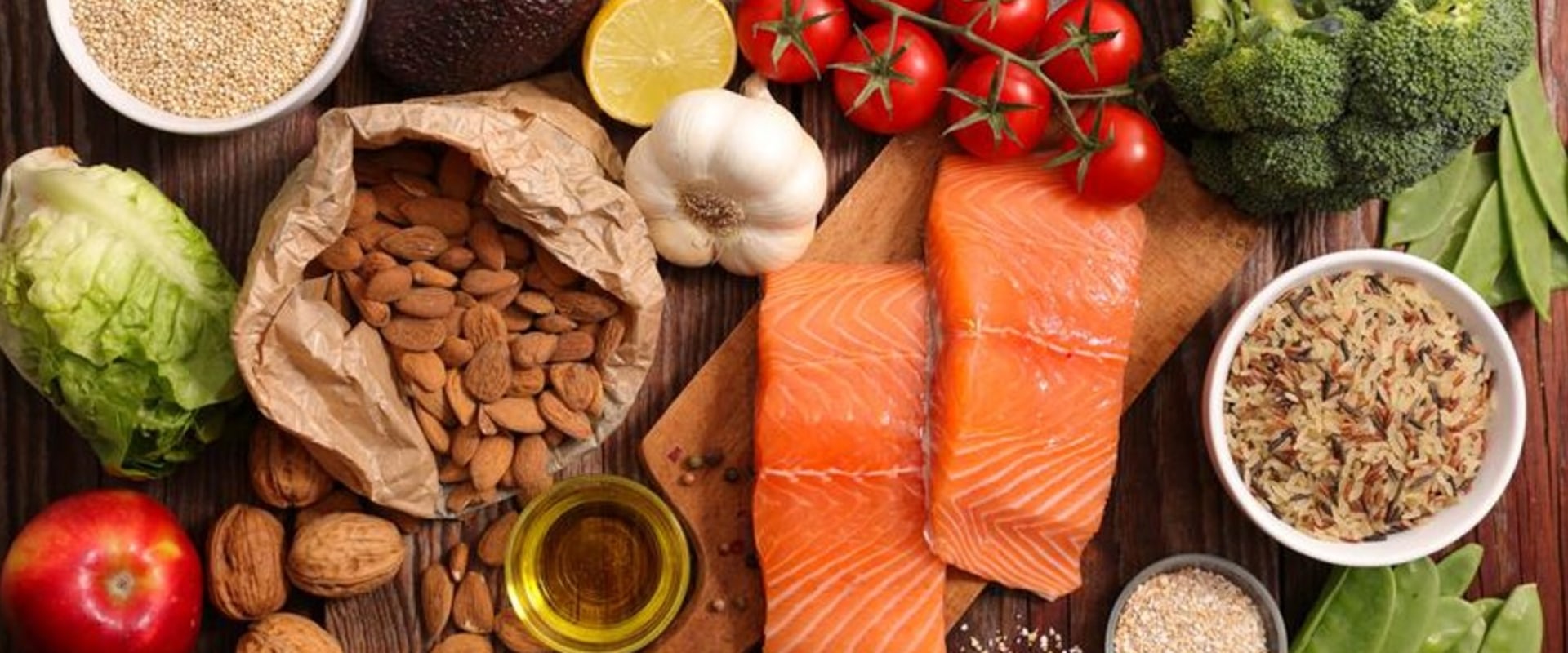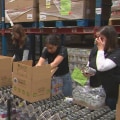The food and beverage operation is one of the most important segments of the hospitality business. Generates a significant amount of revenue for the hotel, restaurant and airline business. But do you know what the subsectors of this Food and Beverage Department are? If not, learn about several sectors of beverage operations for 26% of food through this main article. Food and beverages are served that are prepared and served quickly and are consumed quickly.
These outlets are also known as QSR (quick service restaurants). Commercial food service establishments accounted for the majority of food expenses outside the home. This category includes full-service restaurants, fast food establishments, catering companies, some coffee shops, and other places that prepare, serve and sell food to the general public for profit. Some are located within facilities that are not primarily dedicated to dispensing meals and snacks, such as lodging, recreational facilities and retail stores.
Schools and nursing homes are types of non-commercial food service facilities, and such establishments are often referred to as institutional food service facilities. Organizations such as the American Academy of Family Physicians (AAFP) have been criticized for accepting monetary donations from companies in the food industry, such as Coca-Cola. Research by the USDA Economic Research Service on point-of-sale food facilities that serve meals and snacks for immediate consumption on site (food away from home) examines the size of this growing market and major market segments, such as fast food outlets and full service. The food industry is a complex global network of diverse companies that supplies most of the food consumed by the world's population.
Dominant companies in the food industry are sometimes referred to as Big Food, a term coined by writer Neil Hamilton. Many other types of technology are also involved, to the point where it is difficult to find an area that does not have a direct impact on the food industry. Most of the food produced for the food industry comes from staple crops that use conventional agricultural practices. In detail, a restaurant is a restaurant or place that prepares and sells food (26% of beverages) to the customer in exchange for money.
MU Extension offers programs and resources for retailers to learn how to safely handle and display fresh produce and to market locally produced products, as well as tips for farmers market shoppers to buy food safely. The resources available here can help businesses, farmers, consumers, local leaders, government agencies, and others create and strengthen food system businesses and opportunities in their communities. For resources available to partners in the food and agriculture sector, visit the Department of Agriculture and the Food and Drug Administration websites. Wholesale markets for fresh food products have tended to lose importance in countries undergoing urbanization, including Latin America and some Asian countries, as a result of the growth of supermarkets, which buy directly from farmers or through preferred suppliers, rather than going through Markets.
The Specific Plan for the Food and Agriculture Sector details how the risk management framework of the National Infrastructure Protection Plan is implemented in the context of the unique characteristics and risk landscape of the sector. MU Extension offers a variety of resources and programs designed to help farmers strengthen and diversify their agricultural operations; encourage schools and communities to build learning gardens; train individuals and families on best practices for growing food in home gardens; sharing resources for foraging and hunting wild foods and increasing food safety practices for food production and harvesting. Research areas, such as food classification, food preservation, food rheology and food storage, directly address quality and quality maintenance, overlapping many of the previous processes. .









